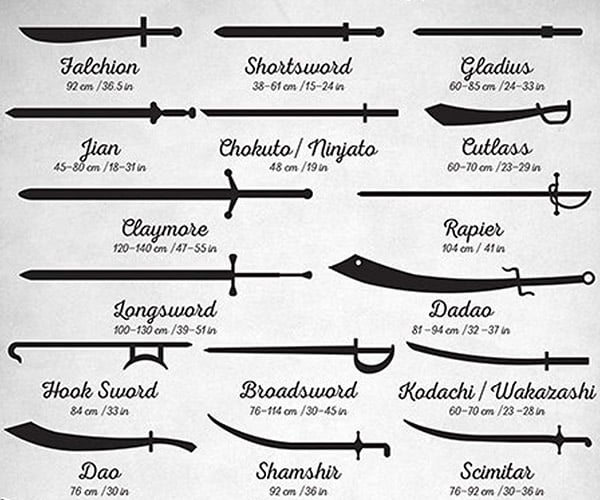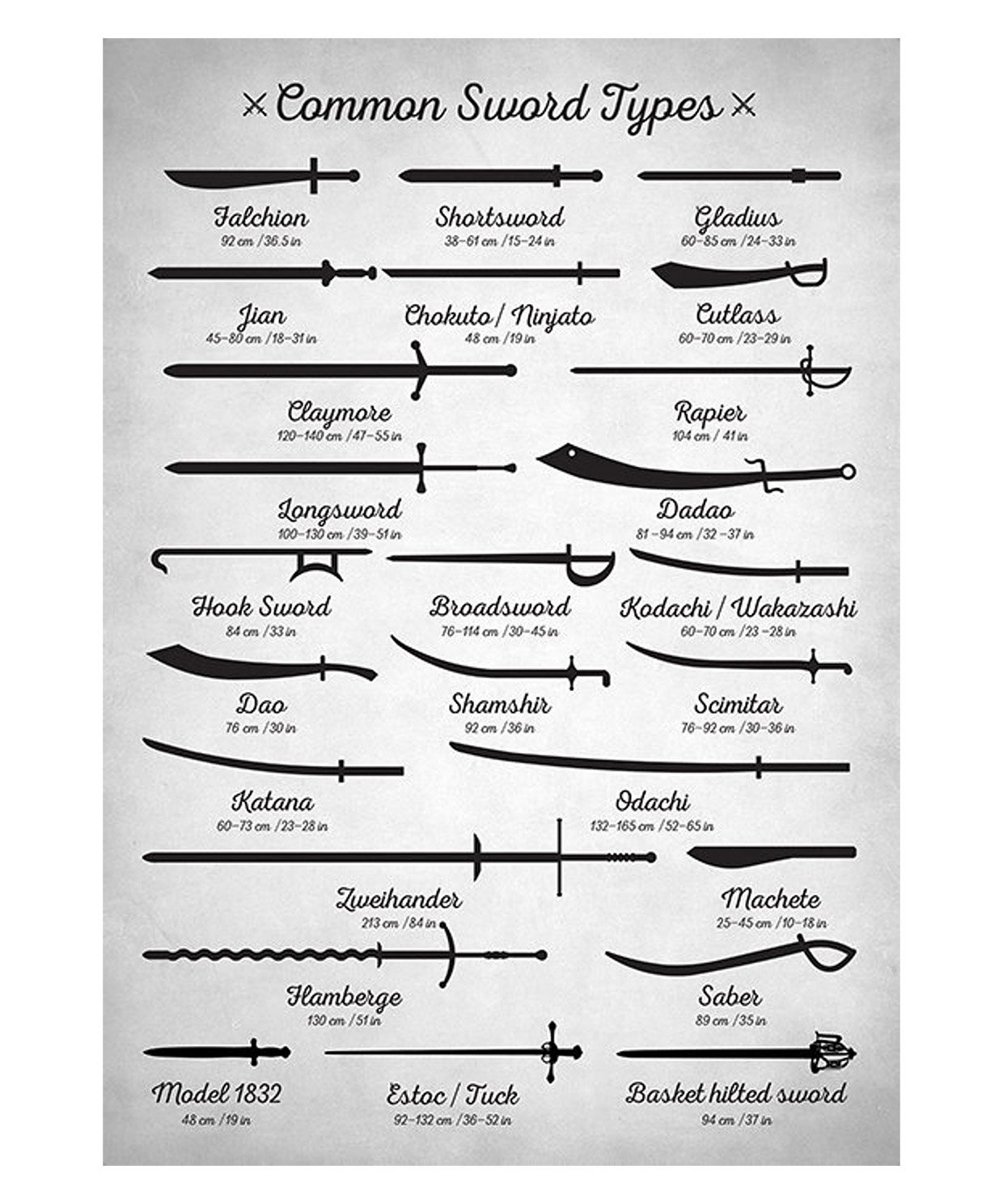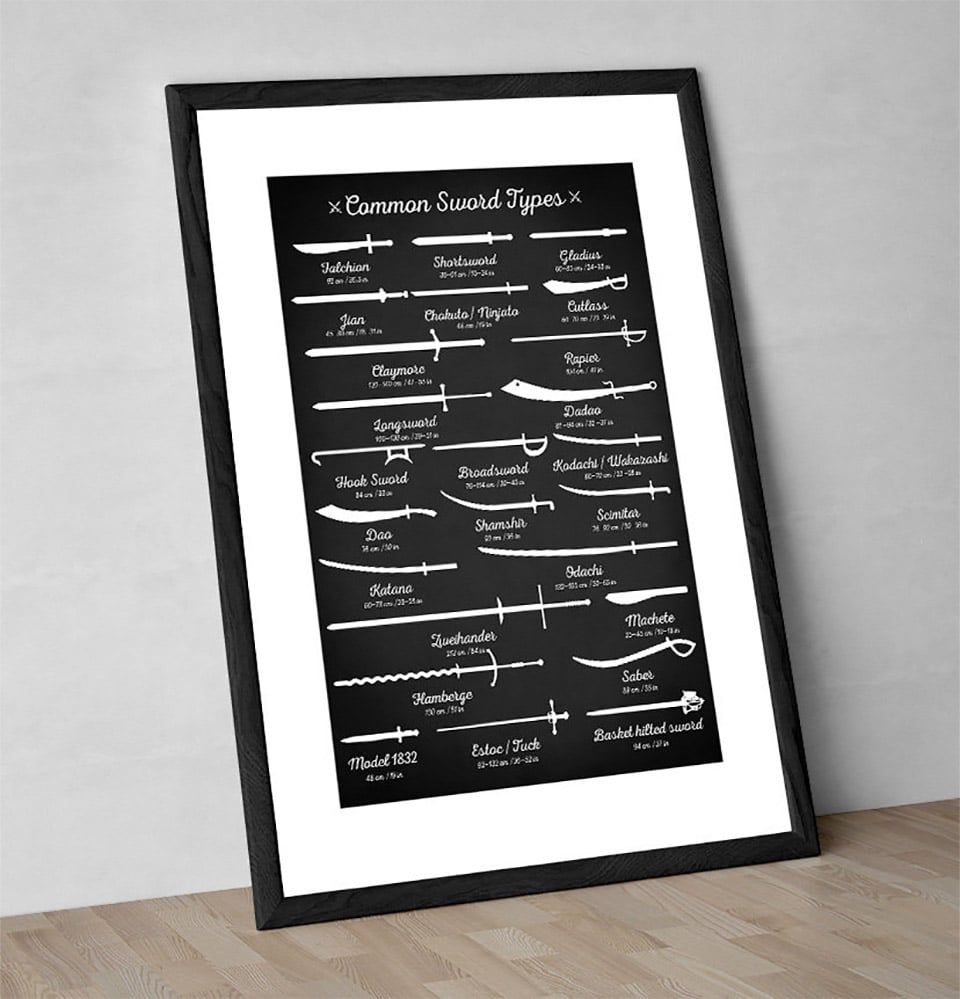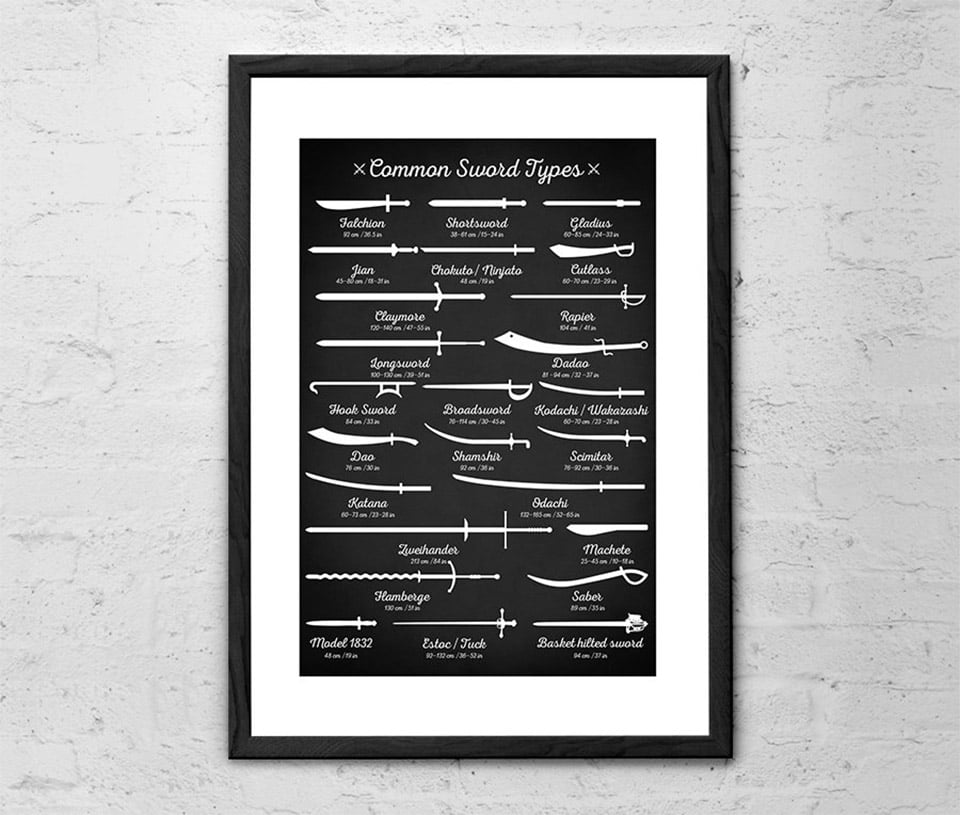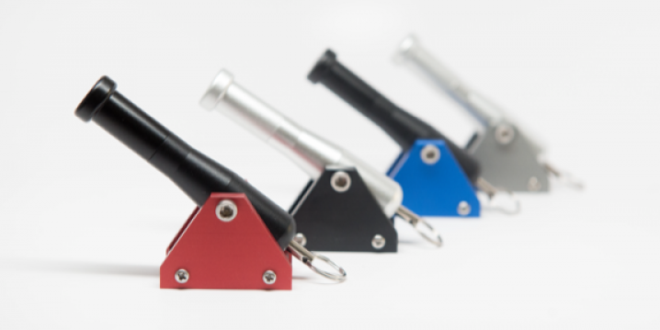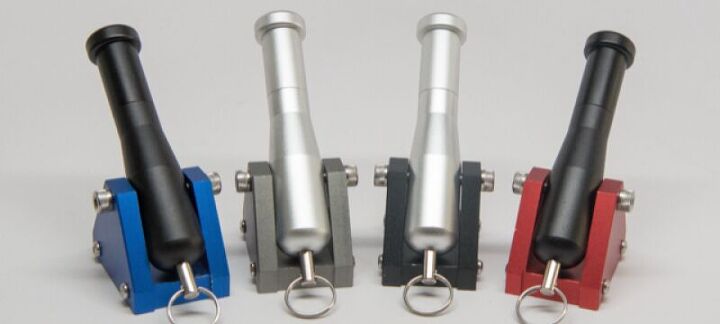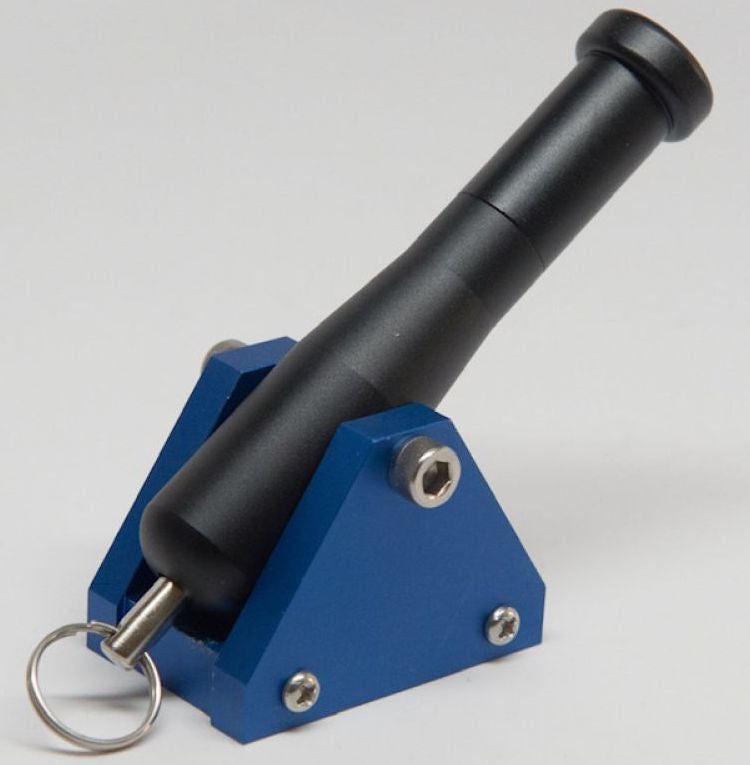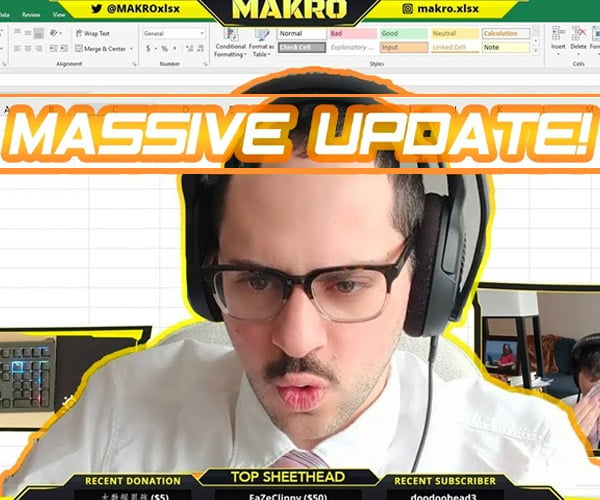The wait is almost over for Game of Thrones fans. Come April 14, the eighth and final season of the show will finally be released and our two-year wait will finally be rewarded… probably with all the characters except Bran Stark dying because <spoilers>. There’s no doubt that it’s going to be dark, bloody, and even more incestuous than ever before. Oddly enough, Game of Thrones memes is the complete opposite of the show.
Outside the show exists a fandom of darkly humorous geeks (us). They have created their own funny fanfiction in the form of cropped photos and the impact font to make us all preoccupied while waiting for each season of the show.
How Will Game of Thrones End?
Of course, Game of Thrones is not without its innate funny moments, especially when certain characters are on-screen:
There’s also that one time The Hound laid his life down the line for some chickens:
And of course, Ser Bronn of the Blackwater, Saver of Tyrion, The Blower of the Wildfire, Walking joke encyclopedia:
Still, you’d be surprised at the creativity of some people in their Game of Thrones memes. Some of them are downright witty and most remind us why we all love the show. So, without further ado, here are some funny Game of Thrones memes– sorry, the funniest Game of Thrones memes this side of Westeros.
50. Syrio Forel A man would have been so proud…
49. What’s the difference? He died there anyway…
48. All that commitment just to get stabbed over a watch…
47. Let me tell you the story of Littlefinger…
46. Novice time travelers be like…
45. Bran please, priorities…
44. It was that during that day when Robb underestimated the power of plot armor…
43. We almost forgot about Rickon Stark, the Expendable
42. Ser Davos Seaworth, Lord of Introductions…
41. Jon Snow, Knower of Nothing
40. Shhh, he’s uhh… warging or something…
39. Arya took all the XP, sorry Sansa…
38. I heard the Night’s Watch bachelor party was cool– ice cold even, literally…
37. Jon Snuuuu…
36. Error 404, bleached hair not found…
35. I swear, he was more laid back when he was with Ygritte…
34. A man always speaks in third person…
33. What was this guy’s name again? Groot?
32. Will it also die after fulfilling its life’s purpose?
31. A man has no honor…
30. Would you rather be: Alive but without genitals? Or dead with burned genitals?
29. I swear if you forget to add Dragon Queen, I’m not leaving a tip…
28. At least Theon doesn’t need a hand…
27. Uh, dwarf jokes are so PETTY..
26. Fame or Shame? Oh right, she had no choice…
25. A castle with Elsa from Frozen nonetheless…
24. Oh, no she di-int…
23. Too softcore, not enough for HBO…
22. The math checks out…
21. The show just keeps getting more and more incesting…
20. Interesting family tree, nothing is twice removed…
19. Must be nice having a White Walker as a brother-in-law…
18. Lannisters, they keep things simple…
17. How about paintings of stones and pillars instead?
16. Cersei.exe has encountered a critical error, terminate everyone in Westeros?
15. You cannot fix what’s not broken, silly Jaime…
14. Of course, Targaryens would know a lot about DNA and RNA, they’ve shared the same one for generations…
13. When bae trades you for a hotter redhead…
12. Not nice Jon, kicking a man while he’s down…
11. Well, here’s one thing Bran Stark got right…
10. Ser Jorah Mormont, Lord of the Friendzone, Begger of the Khaleesi, the Unrequited
9. We assure you, we’re not being mean to him…
8. No, really, that’s just how he is in the show…
7. Khaleesi please, you’re breaking his heart…
6. How ’bout a taste of your own medicine Dany?
5. Jaime “Cersei is life, sister is wife” Lannister…
4. Single mom, ideal date should be willing to babysit dragons…
3. A man of few words, will also hold the door for you…
2. Make Astapor Great Again…
1. I can only imagine his laughter right now…
That last part? Half-a-joke at this point… that’s a definite maybe. Oh, here are some honorable mentions if videos are more your speed:
Here’s a good old classic from Bad Lip Reading:
Last but not least, though you probably already saw this one if you’re a fan of Family Guy, pretty much sums up the whole fandom:
Anyway, those are the best Game of Thrones memes. More will surely come (along with more character deaths) once Game of Thrones Season 8 gets released on April 14 on HBO.
You might also like:
WWEsteros: Who Will Rule the Iron Throne?
Enjoy The Women of Game of Thrones in a Pin-Up “Calendar”
via Forever Geek
50 Game of Thrones Memes That Will Crack You Up


















































